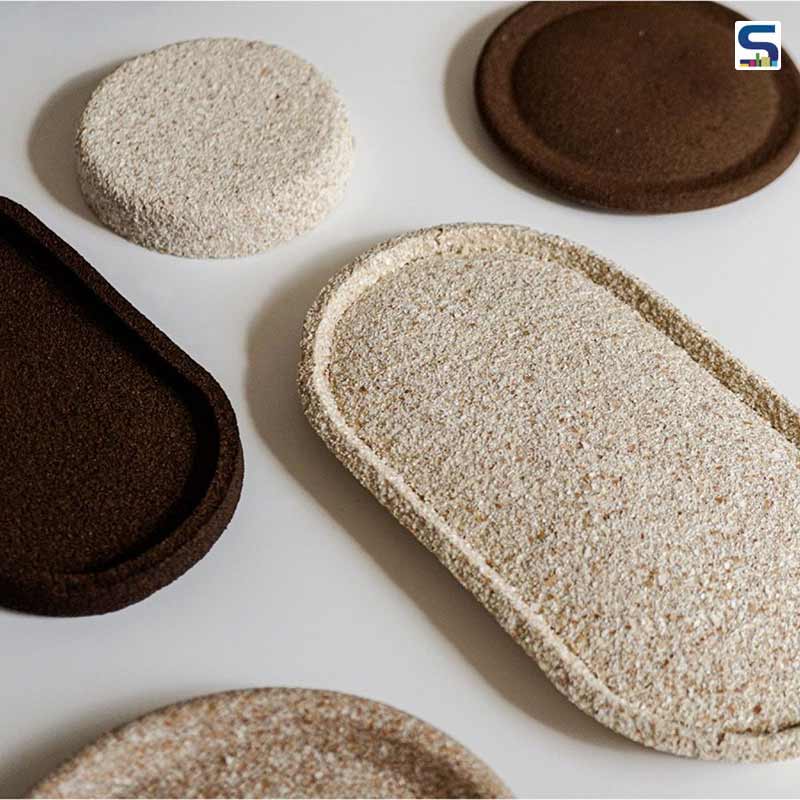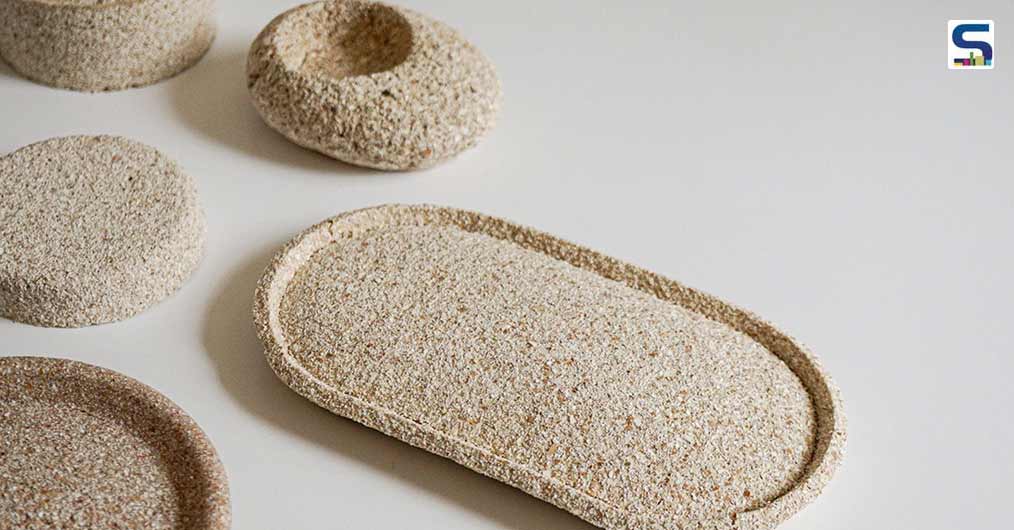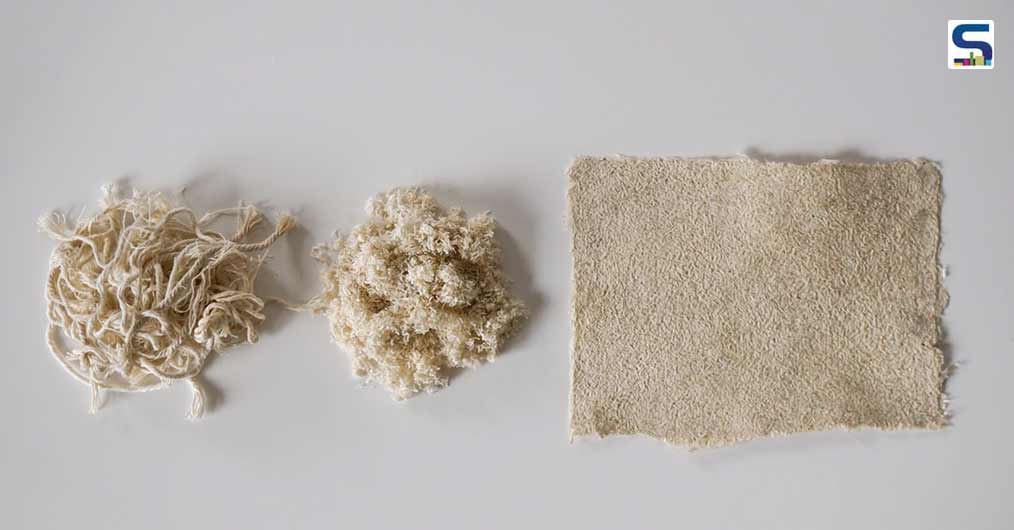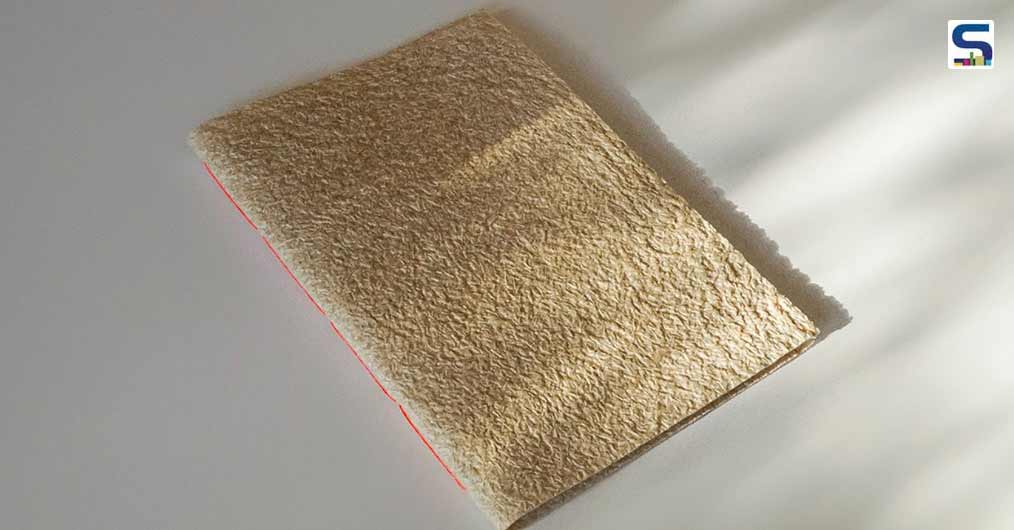
Fanni Florian, a design student with a professional background in the health and child and youth welfare sector, has developed new materials and products from organic and textile residues to extend the life of already mined raw materials. With no clear and thorough waste management for textiles that goes beyond producing energy (thermal recycling = waste incineration), there has been a considerable amount of destruction of resources and generation of waste that results from the incineration process which desperately needs to be disposed of.

The use of complex mixed fibers in contemporary clothing and the lack of sorting, separation and recycling technologies, lack of return systems and other economic reasons has led to huge wastage of textiles. It was during her experimental project in 2019, industrial designer Fanni Florian looked out for ways to develop new material from old textiles. “With this work, I wanted to give an impulse and create awareness that things that are perceived as garbage still have value if we manage to develop a further cycle of use for them,” she adds.

For her experiments, Florian used yarn waste from knitters made of pure cotton, and unlike discarded clothing that does not offer the possibility of being resewn. After working her way with different bioplastic recipes and methods of pouring and drying, Florian finally achieved success through Adapt Materials where she was able to process the yarn leftovers into new textile webs.

The result was a newfound material, consisting of only three other natural ingredients that can be cast into different shapes, dyed during the manufacturing process and sewn after drying. According to Florian, the products demand the same care as any cork materials. Adapt Materials can withstand a little water and a damp wipe. However, they won't stand up to a harder treatment or washing process.
Image credits: Fanni Florian